Sardinia is offering free accommodation – but there’s a catch
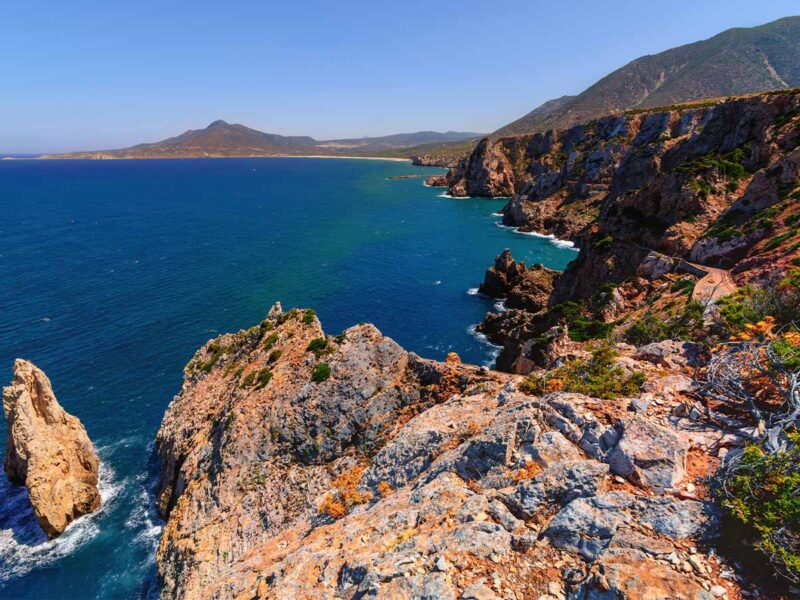
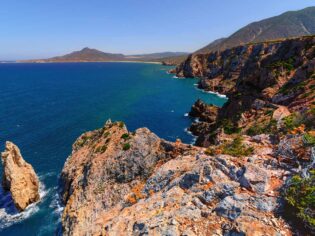
(Image: patriziomartorana/Getty Images)
If you needed any more convincing to visit this Mediterranean island, a new tourism initiative is sweetening the deal with three nights of free accommodation.
Ahh, Sardinia – the Italian isle that epitomises Mediterranean bliss. With its farm-to-table food culture, excellent wine and gorgeous white-sand beaches, it’s no wonder the island is one of the world’s five Blue Zones (regions with an unusually high population of centenarians).
Now, a little-visited pocket of Sardinia’s southwest is offering an irresistible incentive: three nights of free accommodation. But before you go packing your Gucci sunglasses and swimmers, there’s one catch.
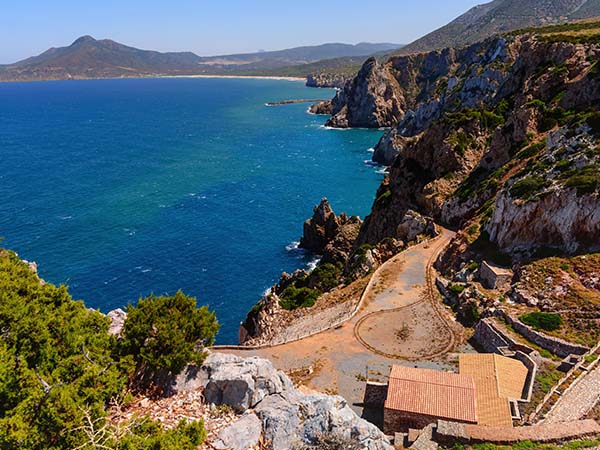
The trail is a combination of stunning landscapes and mining history, like the remains of a mine at Buggerru. (Image: patriziomartorana/Getty Images)
The initiative is led by the Cammino Minerario di Santa Barbara (Santa Barbara Mining Trail), a 500-kilometre route designed to lure hikers into the region. Those under 35 years of age can redeem vouchers for three nights of free stays at family-run inns (posadas) along the way. The full trail comprises roughly 30 stops, with budget-friendly lodging, with a typical night costing just €20.
The path winds through Sardinia’s dramatic coastlines and hinterlands, weaving in the island’s mining heritage and abandoned industrial sites. It’s part of a broader effort to breathe life into Sardinia’s rural towns, many of which have been hollowed out by the decline of local industries.
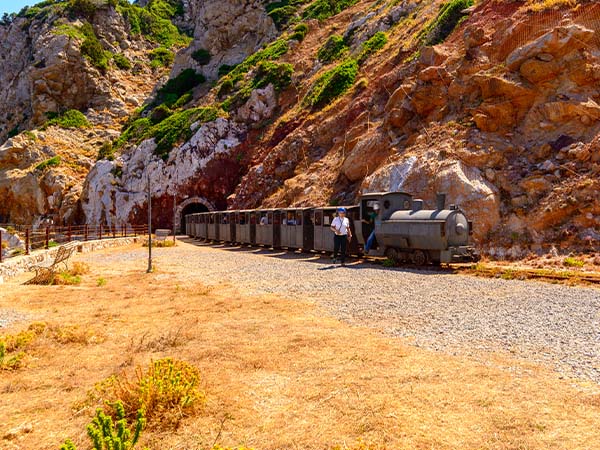
The fall of industry in Sardinia has sadly left many towns abandoned. But a new hiking trail is breathing life back into communities. (Image: patriziomartorana/Getty Images)
Like Spain’s Lighthouse Way, the trail is a grassroots attempt to pivot to sustainable, slow tourism that celebrates local culture. You don’t have to complete the full trail to redeem the vouchers, but if you do, you’ll be following mule tracks dating to 800 BCE and crossing stone bridges made by the Romans, and encountering Nuraghe (mysterious stone structures) from the Bronze Age (1800 to 730 BC). There’s plenty to see that makes the trail a worthy investment, with or without a free stay.
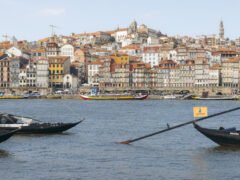
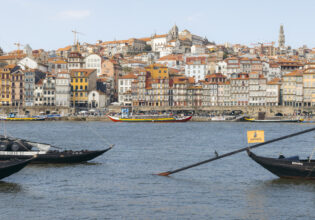


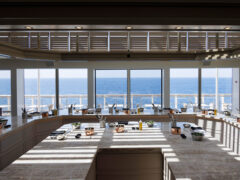

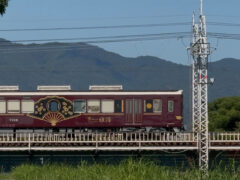
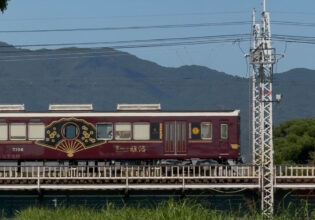

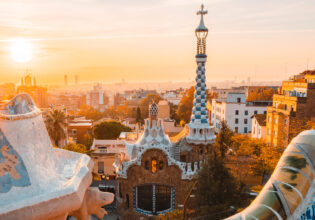

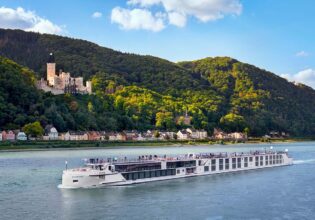


LEAVE YOUR COMMENT